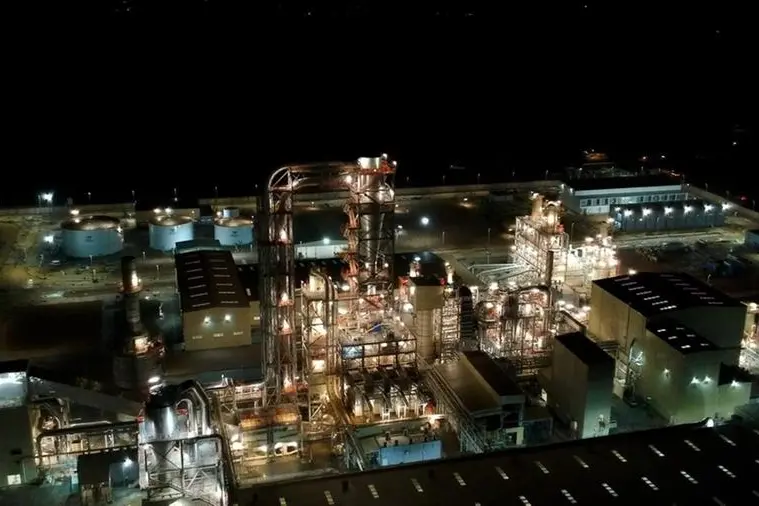Rice straw is now being used as a substitute for timber-based MDF, with the agricultural waste product being engineered to compete with wooden MDF for machinability, paintability and strength. First developed in the Sacramento Valley by Jerry Uhland, a long-time farmer deep in the heart of California’s rice farming area, the tree-free board is also being manufactured in the Middle East.
There, the Egyptian government has built only the second-ever rice straw facility, now serviced by off-the-grid electricity supplied to a remote location in Northern Egypt. The €210 million plant, built with support from Egyptian Petrochemicals Holding Company, the Egyptian General Petroleum Corporation, SIDPEC and Petrojet, is part of a push by the Egyptian Petroleum Ministry to transform rice straw from an environmental challenge into an opportunity to create high-value building products:
“The project is one of the most important projects supported by the Ministry of Petroleum and Mineral Resources,” according to Tarek el-Molla, the former Minister of Petroleum and Mineral Resources, with the Egyptian Wood Technology Company (EWTC) converting rice straw into medium-density wood panels used to make cabinets, doors, furniture and commercial and residential buildings.

How is Rice Straw MDF made?
Wood Central understands that the process starts in the rice fields, where straw is gathered into bales and brought into the manufacturing facility. From there, the rice straw undergoes a chopping and separating process, breaking it down to manufacture MDF: “After that, it looks like a traditional MDF manufacturer,” said Geri Freeman, the CEO of CalPlant – who until May 2023 was responsible for producing rice-straw MDF from the world’s first production plant in California.
According to Freeman, recovering post-harvest rice straw has two key environmental benefits: conserving water and reducing emissions. And because the product is created using a formaldehyde-free resin system, it doesn’t negatively impact indoor air quality.
“All rice straw utilised by our plant is locally sourced within 25 miles of the facility, significantly decreasing the plant’s sourcing impact on the planet,” Freeman explained. “When you look at comparably sized, wood-based MDF plants, we have lower plant emissions thanks to its use of rice straw instead of the wood fibre.”






